Acral Lick Granuloma: A Dermatology Nightmare–but EO’s come to the rescue on this one!!!
T. J. Dunn, Jr., DVM says:, “Everyone who has had a dog with a lick granuloma will tell the same story. The skin lesion started as a tiny sore spot on the skin and the dog kept licking at it. Applying medications didn’t seem to help much and the darn thing kept spreading outward while thickening. It often would be wet and oozing from the dog licking and chewing incessantly at it. Finally, a trip to the veterinarian revealed a name for this patch of thickened, scarred, and irritated skin: ACRAL LICK GRANULOMA! “Well, OK”, the owner would say, “so what do we do about it”
Sometimes the licking can be a result of anxiety of separation from the owner. The skin lesions will heal slightly, almost seem like they are going to heal, and overnight (or during the day while left alone) the lick granuloma is bothered at again, licked raw. Bandaging is not a good idea, either, as then the pet just licks the other leg, and now you have TWO Granulomas.
Certain breeds appear to be more prone to lick granulomas, including the Doberman Pinscher, German Shepherd, Golden Retriever, Labrador Retriever, Irish Setter, and Weimaraner.
Causes:
There are numerous theories and one may apply for one dog and an entirely different theory may apply for another. Take your pick:
- Many dermatologists think that boredom is a major underlying factor in some cases of Acral Lick Granuloma. The dog’s licking activity helps pass the time.
- Some believe that allergic inhalant dermatitis creates stress in the skin resulting in inflammation and pruritus (itching) which triggers the dog’s propensity to lick at any convenient area.
- A foreign body such as a thistle spine, splinter or bee sting might start up a reaction in the skin which leads to drawing the dog’s attention to the spot.
- Bone or joint pain can draw the dog’s attention to the wrist or ankle area and in an attempt to alleviate the discomfort the dog licks over the top of the joint.
- Psychological stimuli such as separation anxiety, a new pet or child in the home, or neighbor dogs invading the dog’s “territory” can create psychological stress. Self-stimulation such as picking out an area to concentrate on and licking for extended periods are a way for the dog to relieve the “stress”.
- Hypothyroidism has played a role in some cases of acral lick granulomas.
GOOD NEWS! Where Veterinarian medicine fails and scratches their heads when it comes to Granulomas…Holistic Medicine can offer a multitude of solutions!!!
Our “Allergy Blend” usually knocks out this issue. I recommend a soft cervical collar (purchased from a local drug store in black or off-white) instead of using a cone or wrapping the area. It is more comfortable, less cumbersome, and still does the job. If you suspect separation anxiety, our “Anxiety Blend” will come to the rescue there. If it’s a foreign body, ask a vet to examine the area to confirm it. If it is an ingrown hair, keep that area shaved. If you suspect a deeper bone or joint issue, try our “Muscle/Joint” blend!
You’ll find all these products, plus some helpful blogs on this website!
Many times I also recommend NuVet Canine Plus in case we are dealing with a Thyroid issue or a deeper “root cause” : NuJoint Plus
Photo: ID 37364727 | Dog © Willeecole | Dreamstime.com


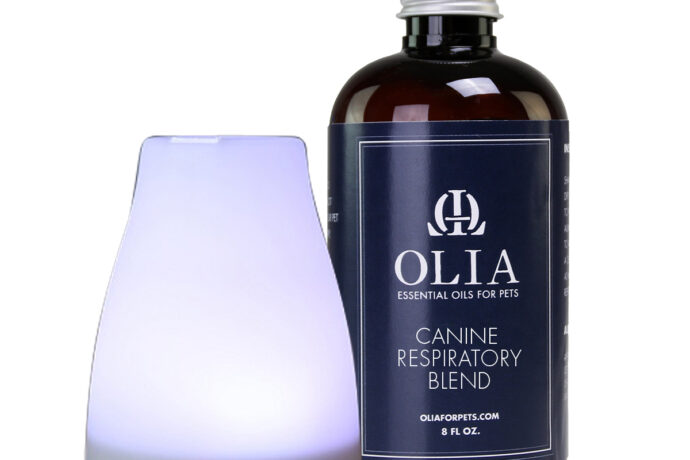
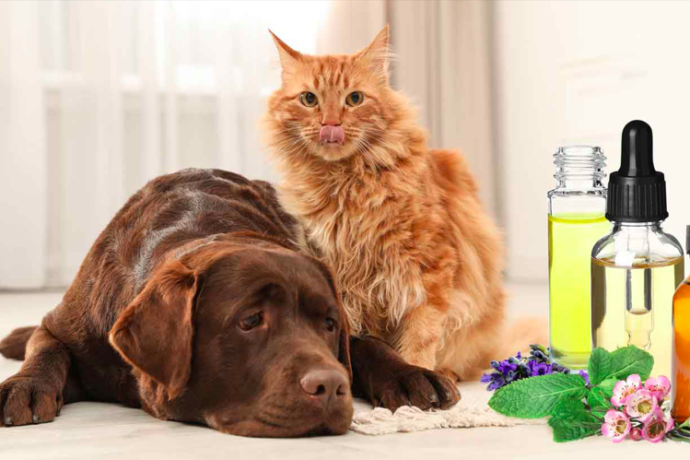
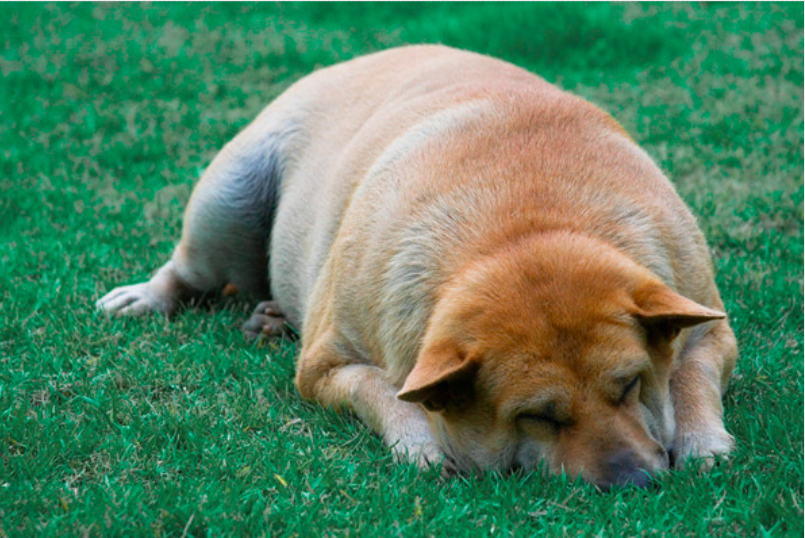
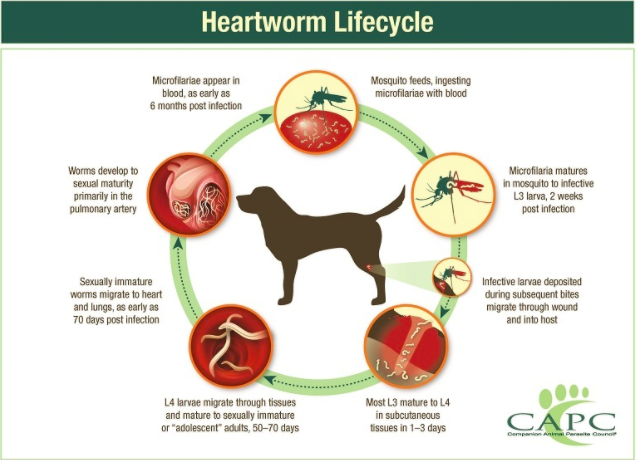


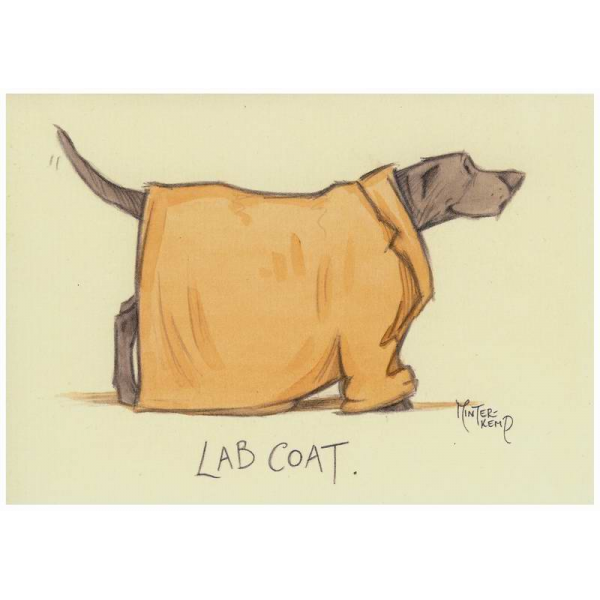


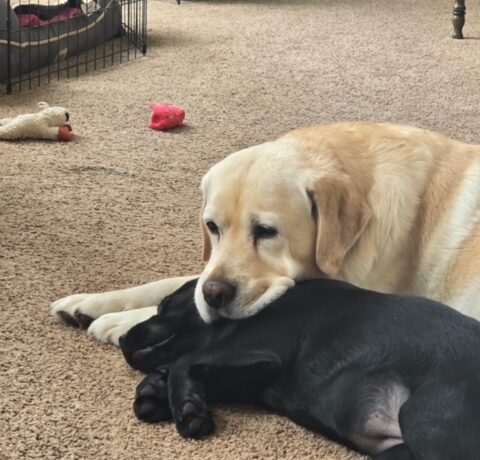
What’s the anxiety blend?
https://www.oliaforpets.com/product/anti-anxiety-formula/